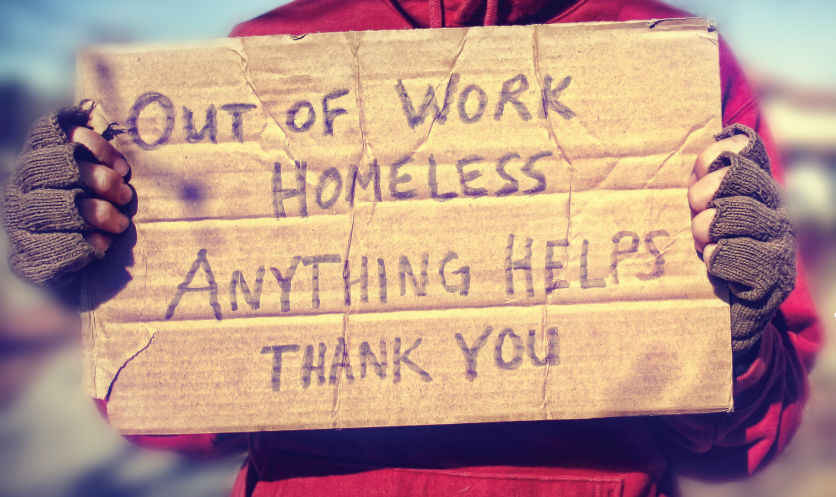Last week, all around the country, people stayed awake late into the night and took to the streets.
The U.S Department of Housing and Urban Development, in order to designate funds to cities that provide shelter and services to homeless people, requires a census be taken during the last week in January, on a week night after dark. This census is called the Point in Time Count. I participated in a coordinated effort between the Fulton County Division of Homeless Services and North Fulton Community Charities (NFCC) to count unsheltered homeless people in the area known as GA 502 Continuum of Care.
As you can imagine, it’s relatively easy to count sheltered individuals–anyone spending the night at a shelter or hotel room paid for by an agency is counted upon arrival–but finding unsheltered folks is much trickier. People in makeshift hideaways, in the woods behind shopping centers, in poorly lit parking lots in their cars, and people walking the streets all night from one Waffle House or 24-hour gas station to another, trying to warm up for a spell before heading outside again; we don’t often see these people or take them into account.
During our volunteer training session we were told to expect that some people won’t want to be counted, won’t want to talk to us and answer questions to help get more funding for services, and won’t want the blankets and toiletries we offered. Many of the volunteers had never participated in the Point in Time Count, so we eagerly accepted suggestions from NFCC employees and local police officers. We were divided into teams of four and assigned specific areas within North Fulton County. We took photos of the large map and its post-it notes designating places where homeless people had been seen. One volunteer drove, another carried items to be distributed, a third carried a clipboard with surveys to collect demographic data, and the fourth served as an Enumerator.
 Enumerators, recently or currently homeless people, advised volunteers not only where to find unsheltered individuals but also how to approach and engage them in conversation. I’d recognized our team’s Enumerator; he was a client at NFCC’s Food Pantry where I’d once worked, and I had no idea he’d fallen on more difficult times. Riding in the passenger seat for four hours that night, he enumerated the circumstances of his current state of homelessness: jobs he’d had and lost, a wreck that totaled his car, the challenges of losing his means of transportation and finding a job in our sprawling metro area.
Enumerators, recently or currently homeless people, advised volunteers not only where to find unsheltered individuals but also how to approach and engage them in conversation. I’d recognized our team’s Enumerator; he was a client at NFCC’s Food Pantry where I’d once worked, and I had no idea he’d fallen on more difficult times. Riding in the passenger seat for four hours that night, he enumerated the circumstances of his current state of homelessness: jobs he’d had and lost, a wreck that totaled his car, the challenges of losing his means of transportation and finding a job in our sprawling metro area.
He directed our driver to places he knew were hospitable to homeless men, places where a person could sleep for a few hours hidden from view. We got in and out of the car and walked down creek embankments and through paths in the woods, searching the darkness with our flashlights, holding branches back for each other and calling out friendly greetings.
We returned to NFCC well after 1:00 am and I handed the clipboard to our Enumerator, who was ready to shift roles from counter to counted. After we’d all warmed up and he’d packed some sandwiches, toiletries and a fleece blanket into his bag, our driver offered to take him back to where he would spend the night unsheltered.
I wish I could say I slept well that night, knowing I’d helped perform a vital service to the community. But that would be a lie. I woke several times feeling exhausted from walking the endless, empty streets of North Fulton County in my restless dreams. Arriving nowhere, I left the warmth of my bed for the kitchen and watched the sun rise, and I wondered if our Enumerator had found safe shelter.


